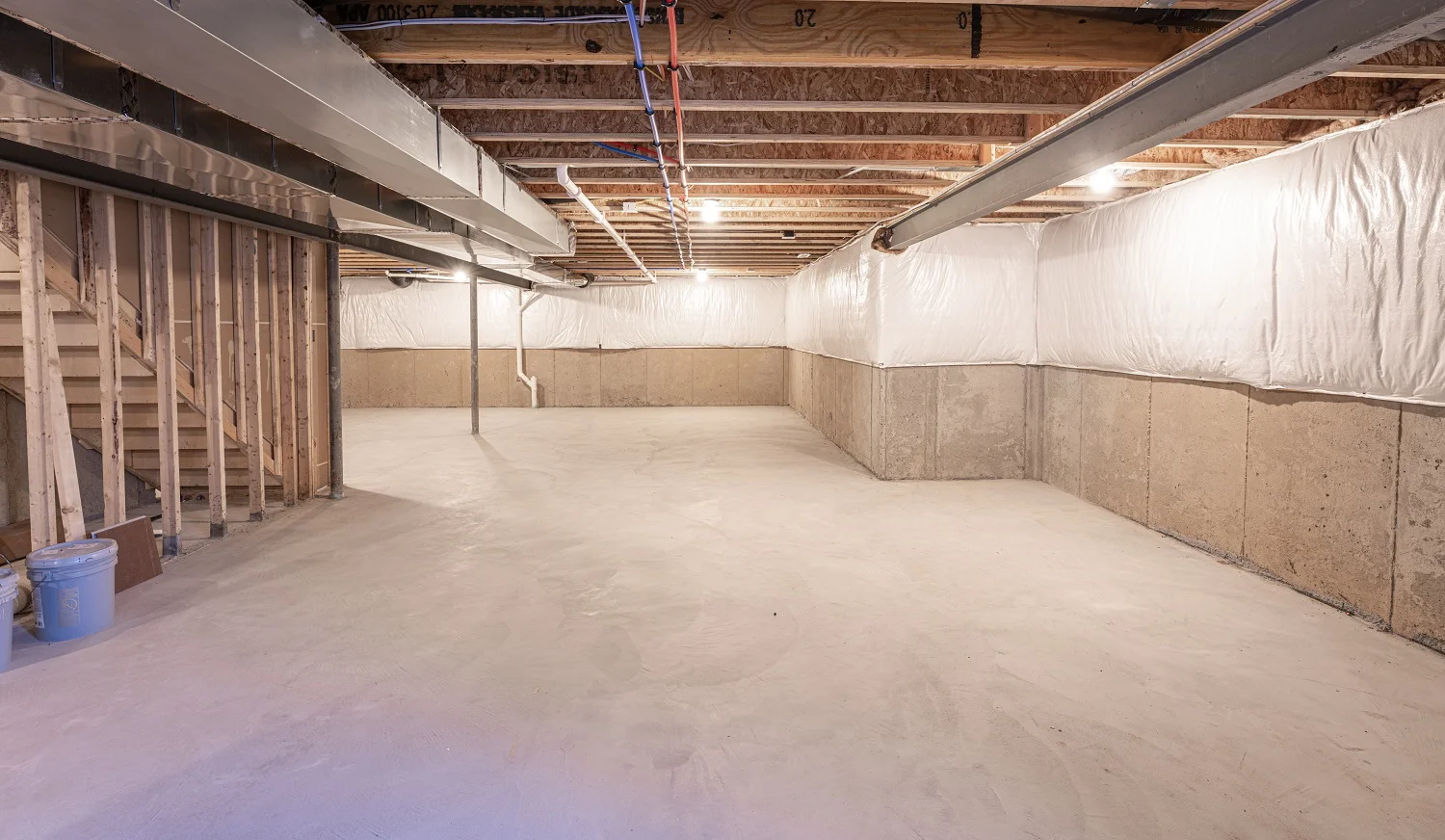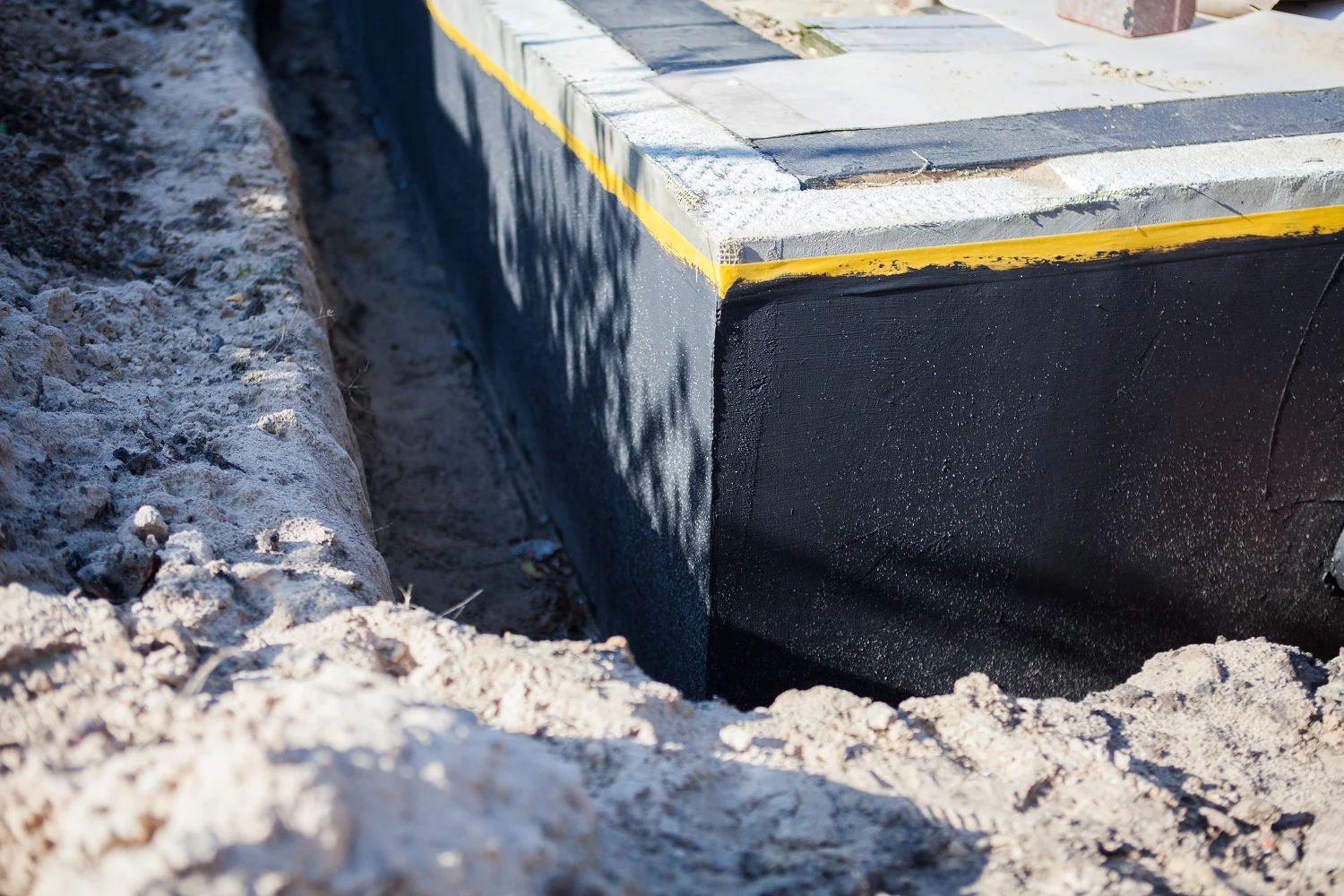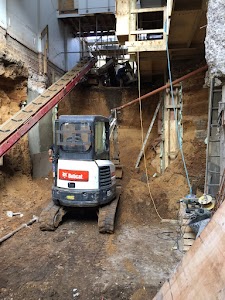DELTA Basement Waterproofing
DELTA basement waterproofing is performed to prevent water from penetrating your basement from the outside. There are different methods and materials that can be used to carry out this process. If the basement is underground sealant materials, drain installation and the use of sump pumps can be involved.
If you have a basement that you wish to utilise as additional living space, building codes specify that it needs to be waterproofed. Waterproofing is especially important if groundwater in the soil outside your basement has the tendency to build up, or if you have a high water table. Failure to waterproof your basement is likely to result in mould, decay, water damage and major structural damage to your building. Contact us today and we can advise you on all the options you have and which techniques will best suit your needs.




Defending Against Moisture: The Barrier Waterproofing System
The traditional method of waterproofing basements in the UK is the Barrier Protection Method also known as Type A and referred to as Tanking. This method protects the basement against water penetration by applying a waterproof material to the outer walls and floor slabs. This material forms a barrier between the basement and any groundwater that is present. Waterproof layers can also be added to the internal surfaces of the walls and floor in order to provide a double layer of protection.

Strength in Protection: The Structurally Integral Waterproofing System
In Structurally Integral waterproofing also known as type B. A structure is used to prevent water penetration. This method relies upon materials incorporated into the external shell of the structure. Structures used in this type of waterproofing protection are constructed from water-resistant concrete or structural steel. For this method to be successful the design of the structure and the materials used are very important as is the quality of workmanship when the structure is installed.

Channeling Excellence: The Drained Waterproof System
With the development of various methods and materials, the Drained Protection Method is most commonly used today. Also known as type C, The method protects against water penetration through the installation of an internal water management system. The groundwater is allowed to penetrate into the basement through an external wall or the floor as far as the cavity between the outer shell of the water management system. It is collected by a cavity drain membrane and then directed into controlled drainage and disposed of.


